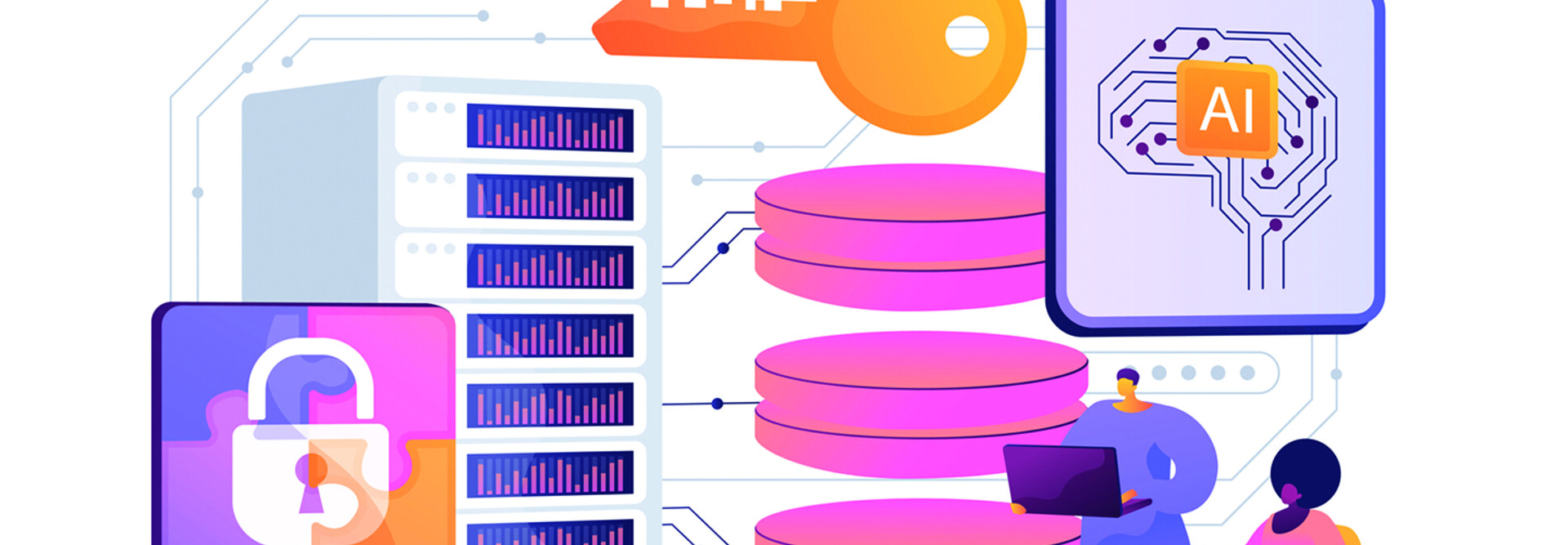What Is Federated Learning?
Federated learning lets multiple organizations work together to train a shared AI model without transferring or exposing their raw data. Instead of bringing data to a central location, the model goes to where the data is.
Each organization trains the model locally and sends back encrypted updates. A centralized aggregator combines all of the updates to improve the model and redistributes it for more training. This process repeats until the federation meets its performance goals.
Federated AI supports three main tasks: training models across separate data systems, checking how those models perform in different environments and running privacy-safe analyses to guide development. This approach helps solve one of the biggest challenges in AI: getting enough diverse, real-world data to build accurate, reliable models.
Healthcare and life sciences adopted federated learning early to improve patient outcomes without violating privacy laws.
DISCOVER: Microsoft is helping feds police their artificial intelligence work.
For example, the Federated Tumor Segmentation initiative is a collaboration among the University of Pennsylvania’s Center for Biomedical Image Computing and Analytics, Intel and more than 70 medical institutions across six continents. Each participant trained models locally on their own infrastructure. The resulting global model improved brain tumor detection accuracy by up to 33% compared with publicly available data sets, all by sharing encrypted model updates — not patient data, according to Intel.
Now that many agencies have established strong AI foundations, federated learning can unlock new ways to build and use AI with other organizations while aligning with zero-trust architectures and federal data governance frameworks.
Why Agencies Need Federated Learning Now
Agencies are under increased pressure to modernize AI capabilities while safeguarding sensitive data. Federated learning meets these requirements while offering three main advantages:
- Reduced infrastructure and storage costs: AI's appetite for training data is immense, and the costs of data transfers and centralized data storage can be high too. Federated learning helps avoid these costs by letting agencies process data where it resides.
- Enhanced collaboration and learning: Data privacy and security concerns often hinder collaborations, even for different departments within the same agency. However, federated learning allows agencies to retain control over their data, skipping the need to aggregate or centralize. Agencies can ensure their privacy, security and regulatory controls stay in place.
- Improved AI accuracy with diverse data: Model accuracy relies heavily on data quality and diversity. Federated learning allows agencies to learn from multiple sources, which helps reduce bias and enhance model performance. The better the model, the better the predictions for mission-critical intelligence, defense and public health applications.
LEARN MORE: Data poisoning threatens the promise of artificial intelligence in government.
Overcoming Implementation Challenges
Successful federated learning depends on clear rules, strong coordination and the right tools. Agencies must define who oversees the project, how the shared model will be updated and how to maintain compliance with data use and privacy regulations.
Even though raw data stays safely within agency infrastructure, federated learning still comes with security responsibilities. Agencies must protect their systems against risks such as model tampering. This is where hardware-based protections and a team that understands AI workflows and infrastructure come in.
Technologies such as trusted executive environments can help keep sensitive computations secure by creating isolated areas that protect the model and data during training. Teams will also need to implement strong encryption and identity verification practices so only approved federation members have access.
UP NEXT: Agencies must secure identities as social engineering attacks increase.










